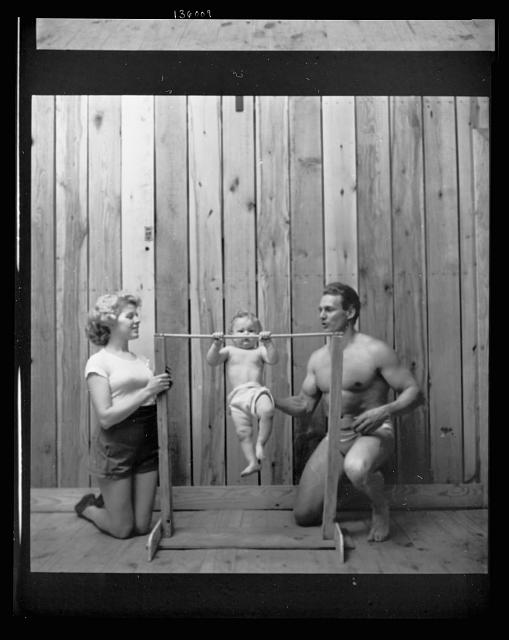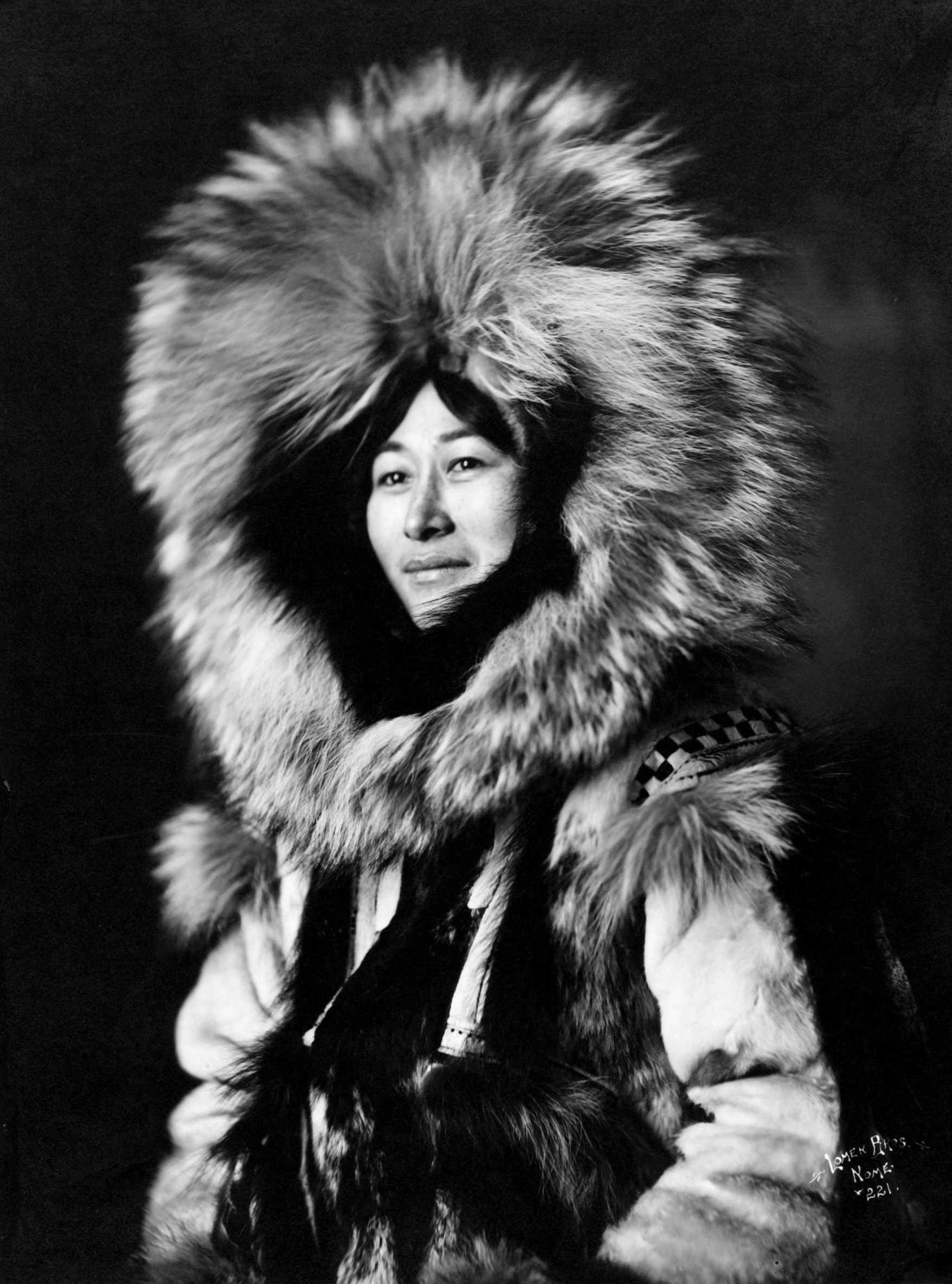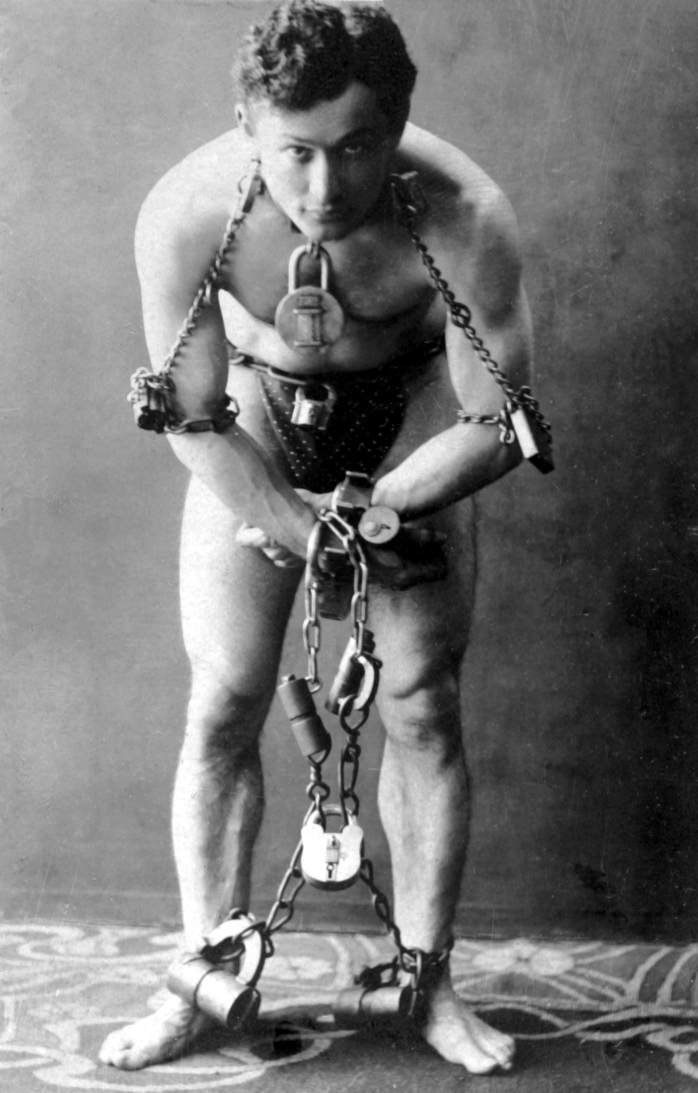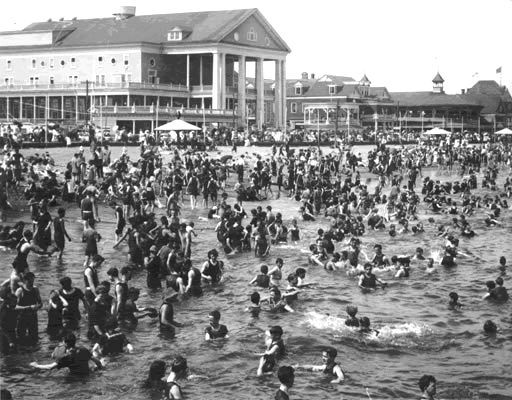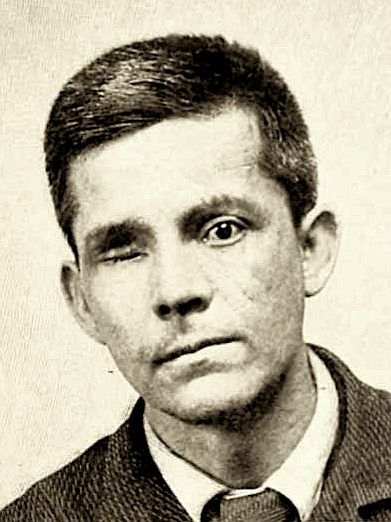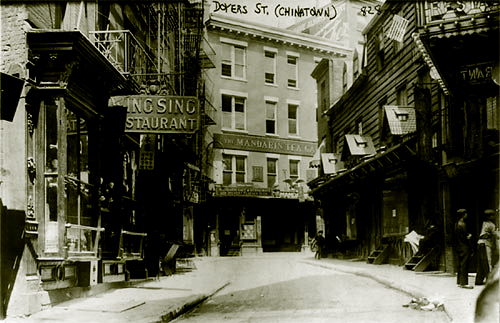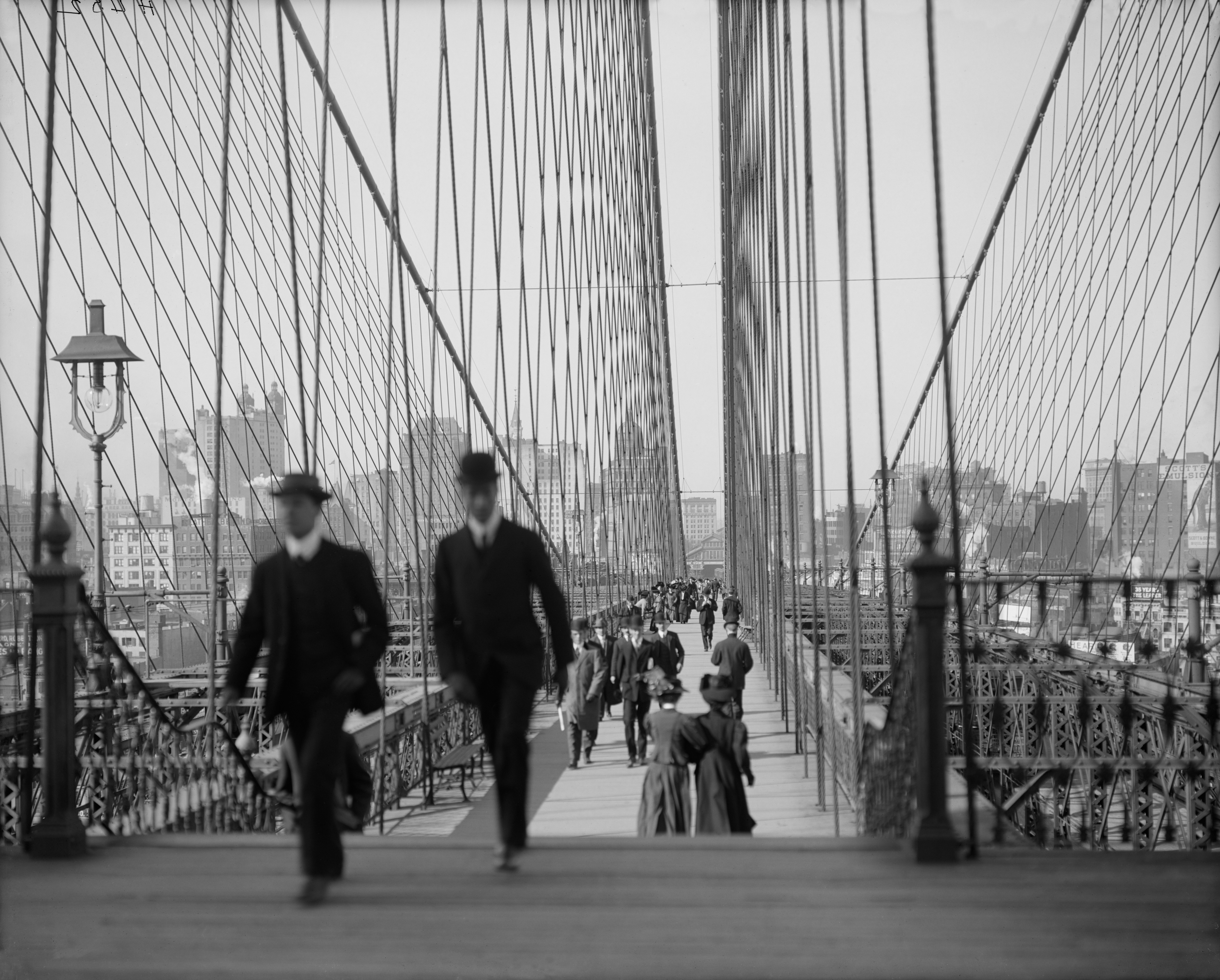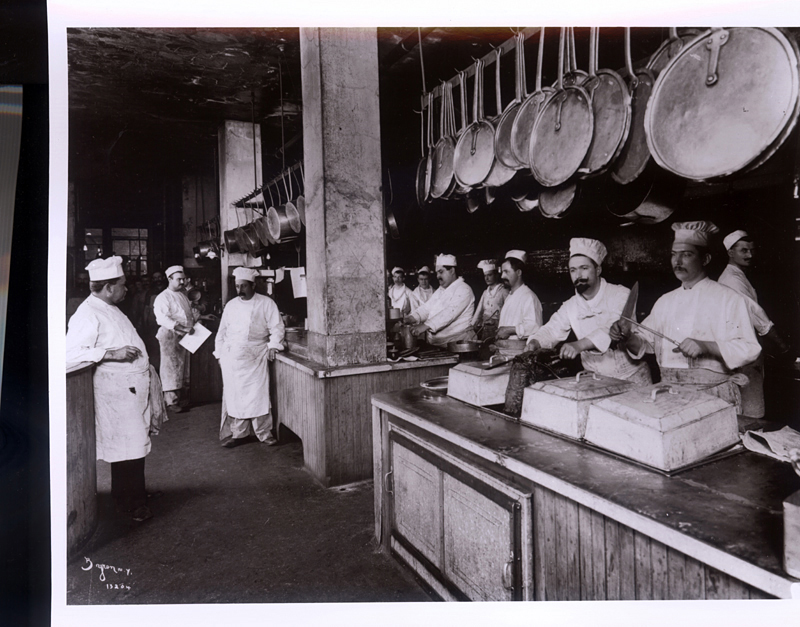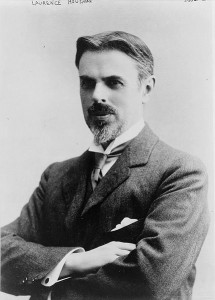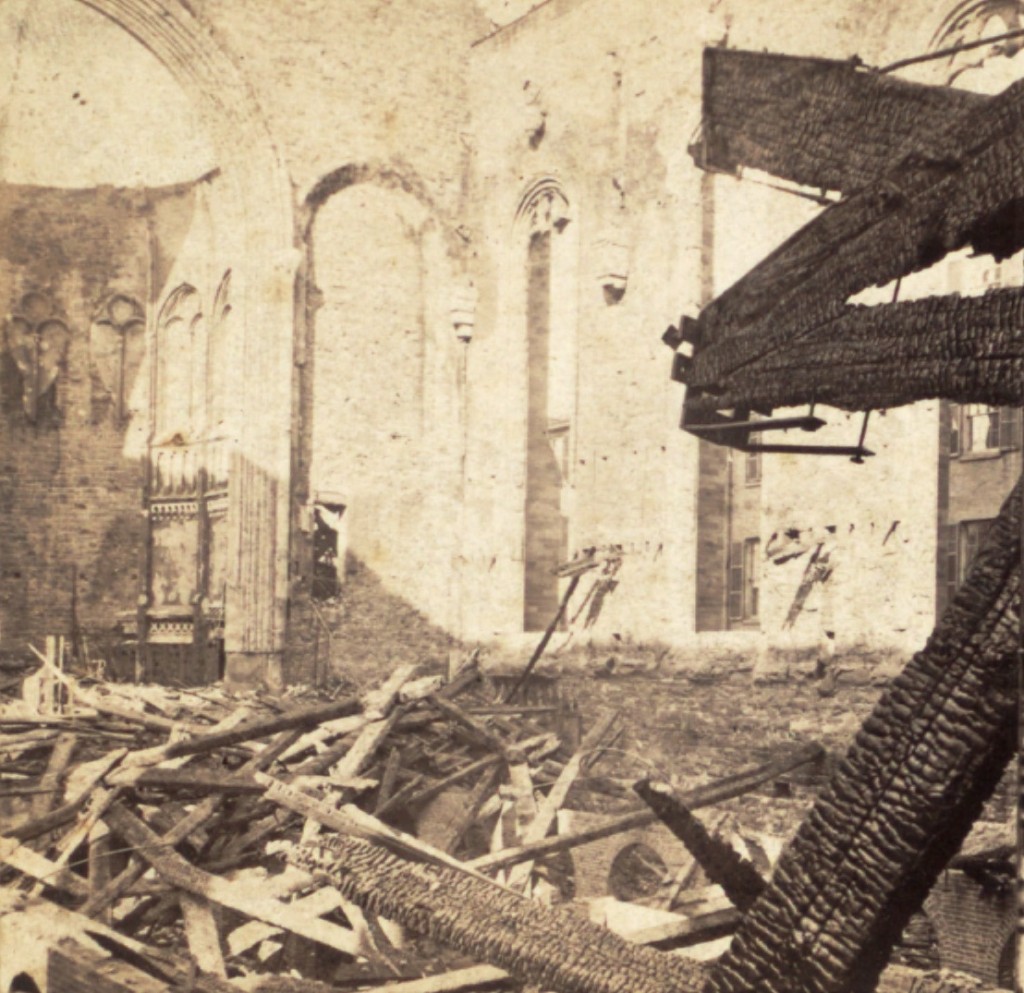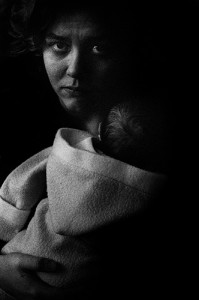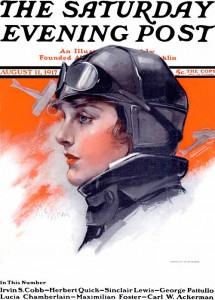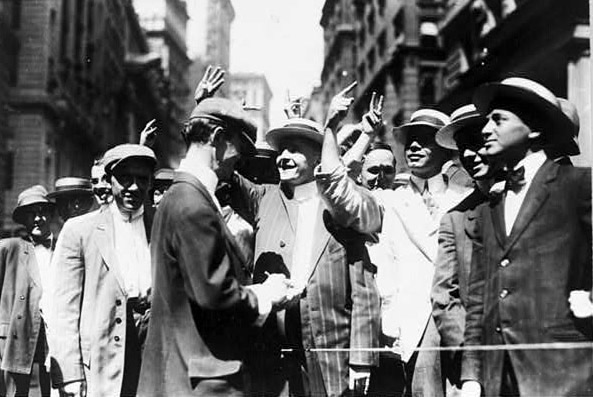
Fruit peddlers and hat stores were popular on this stretch of the Lower East Side in 1898.
This classic picture (photographer unknown) shows pedestrian traffic on the Lower East Side on Norfolk and Hester Streets in 1898. A few brief clips below from the Brooklyn Daily Eagle look at the raffish side of life on these streets during that era.
••••••••••
November 16, 1902: “Molly Marshall, 17 years old, giving her address as 327 Harrison avenue, Boston, and Solomon Rosenthal, 30, of 26 Norfolk street, Manhattan, were locked up at Police Headquarters last night as suspicious persons. The complainant is Max Singer of 24 Norfolk street, who claims to be the girl’s uncle. Singer says he received a letter two days ago from the girl’s mother, in Boston, notifying him that the girl had disappeared and that it was feared she had eloped with Rosenthal, who had not been seen since the girl’s departure. He said the woman asked him to watch New York for them.”
••••••••••
August 14, 1896: “Charles Leskowitz, 3 years old, of 113 Norfolk street, New York, was put to sleep on the fire escape on the second floor of the above house last night. Early this morning he rolled off and fell to the first floor, but was picked up a few minutes later uninjured.”
••••••••••
September 6, 1891: “Isaac Hoffer, 19 years old, who claims a residence at 58 Norfolk street, New York, was held for trial by Justice Smith at the Essex market police court yesterday charged with having stolen a baby carriage belonging to Mrs. Lina Sowden, from the hallway of her residence, 127 Rivington street. He was trying to sell it for 25 cents when he was arrested.”
••••••••••
November 22, 1890: “Joseph Thompson, charged by Frederick Wool, of 148 Norfolk street, New York, a wandering minstrel, with knocking him down, was held for examination on Monday.”
••••••••••
September 2, 1893: “Nathan Levine, 17 years old, of 32 Hester street, and Meyer Shubert, 13 years old, of 78 Norfolk street, were before Justice Meade, in the Tombs police court, New York, this morning, charged with stealing a horse and wagon belonging to Philip Ramburgh of this city. Ramburgh left the team at the Washington market for a few minutes, and when he returned it was gone. He afterward found the boys trying to sell the outfit for $20. In court this morning they were held for examination.”




